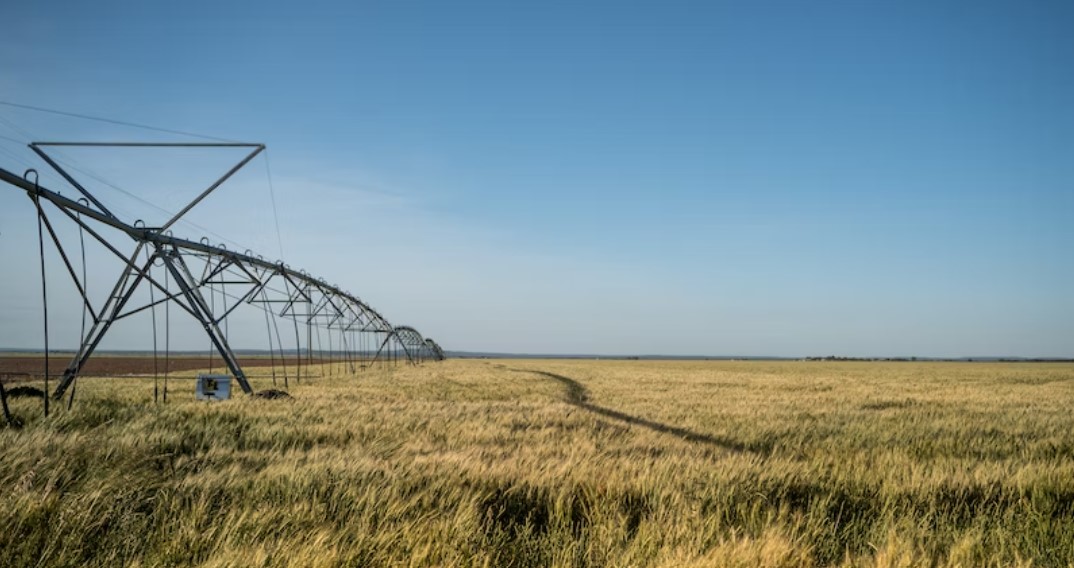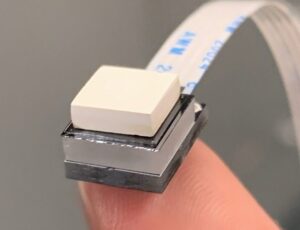
After decades of growing corn and soybean across the Midwest, crop yields are approaching their theoretical limits. But there’s still a need for more grain to feed people and livestock.
 Engineers, geneticists, agronomists, system modelers and machine-learning experts at Iowa State University and the University of Nebraska-Lincoln think they might have a solution. They are combining their electronics, computing and crop expertise to develop a new CPS (cyber-physical system) that will constantly monitor fields at near single-plant resolution, predict productivity and help farmers manage their water and fertilizer use.
Engineers, geneticists, agronomists, system modelers and machine-learning experts at Iowa State University and the University of Nebraska-Lincoln think they might have a solution. They are combining their electronics, computing and crop expertise to develop a new CPS (cyber-physical system) that will constantly monitor fields at near single-plant resolution, predict productivity and help farmers manage their water and fertilizer use.
The U.S. Department of Agriculture is supporting the collaborative effort with a three-year, $1.05 million grant.
Iowa State University professor Liang Dong, the project’s leader, said the researchers will combine and network together all kinds of tools as they build and test a data-driven, real-time system. These tools will include low-cost/high-performance field sensors, whole-field monitoring with sensors mounted on unmanned aerial vehicles, control systems, analytic engines, decision-making algorithms and testbeds.
The system, for example, could detect that crop plants aren’t as green as they should be and will look for causes such as a lack of water or low levels of nitrogen.
“By simultaneously detecting plant performance and diagnosing the cause, we can actuate the proper response,” the researchers wrote in a project summary.
In areas where fields are irrigated, that response could include controlled delivery of water and nitrogen fertilizer to precisely those areas of a field that need it. That would minimize the amount and cost of fertilizer applications while reducing the amount of fertilizer that runs off fields and feeds harmful algal blooms in rivers, lakes and the Gulf of Mexico.
“We have looked at developing sensor-based technological solutions to help agronomists,” Dong said. “This time, we’re combining different sensors, models and controls all together to explain and predict plant-soil dynamics at high and unprecedented resolution. We’re generating actionable information for decisions about the control, scheduling and application of water and fertilizer at variable rates along the center pivot of an irrigation system.”


